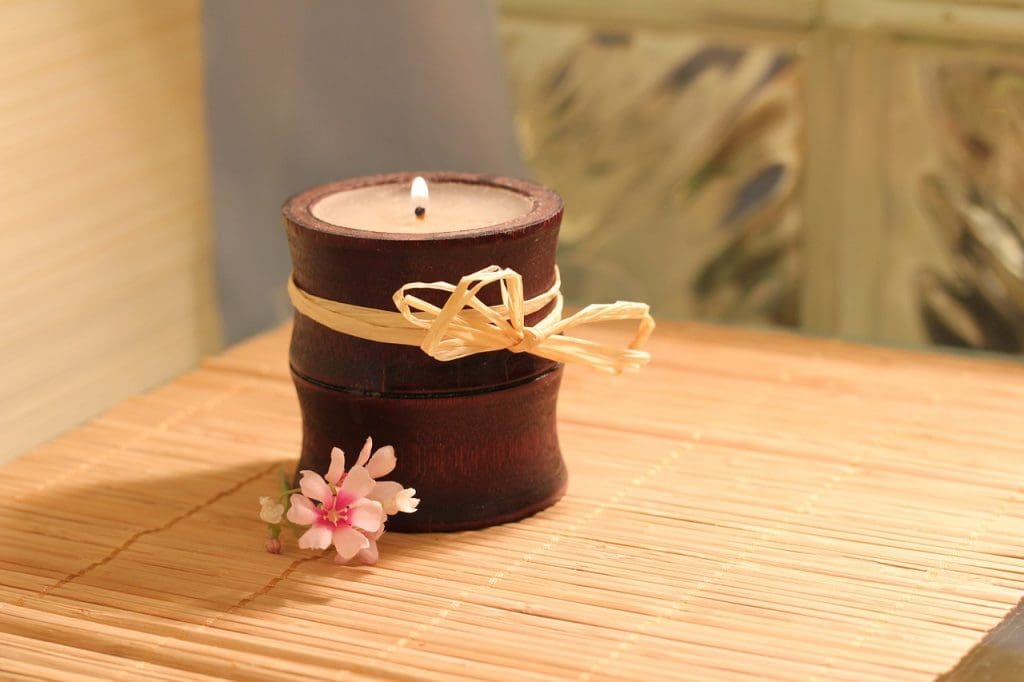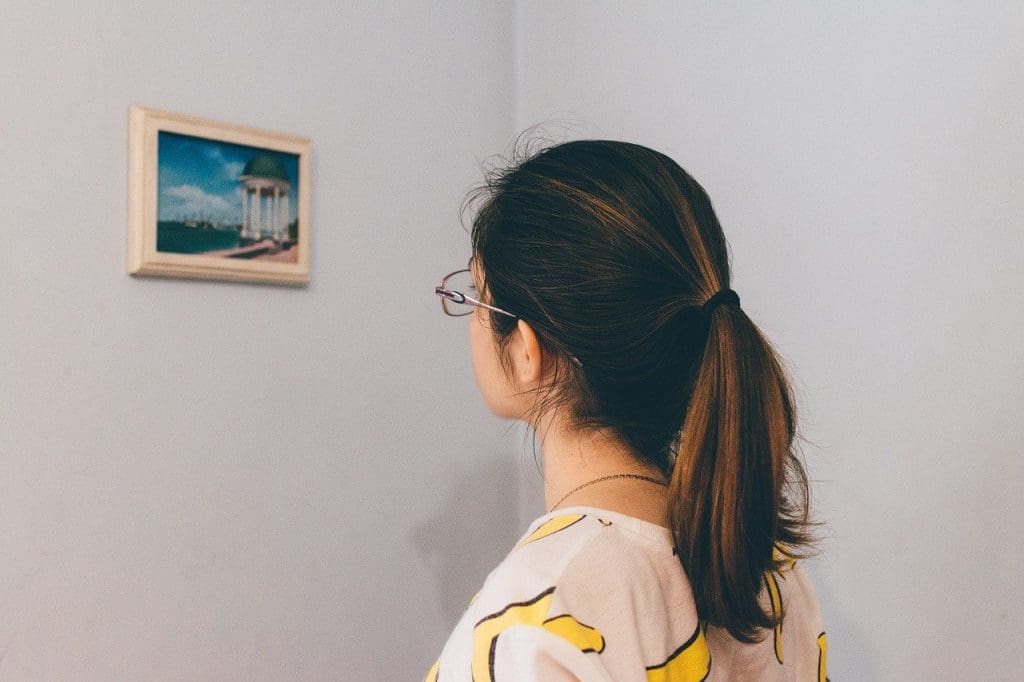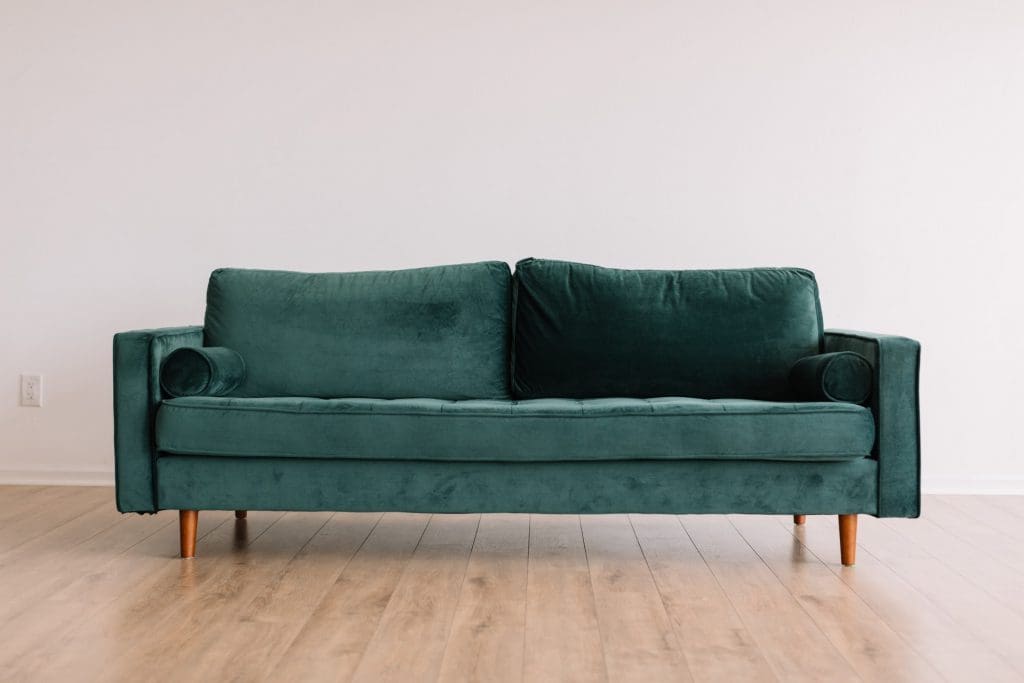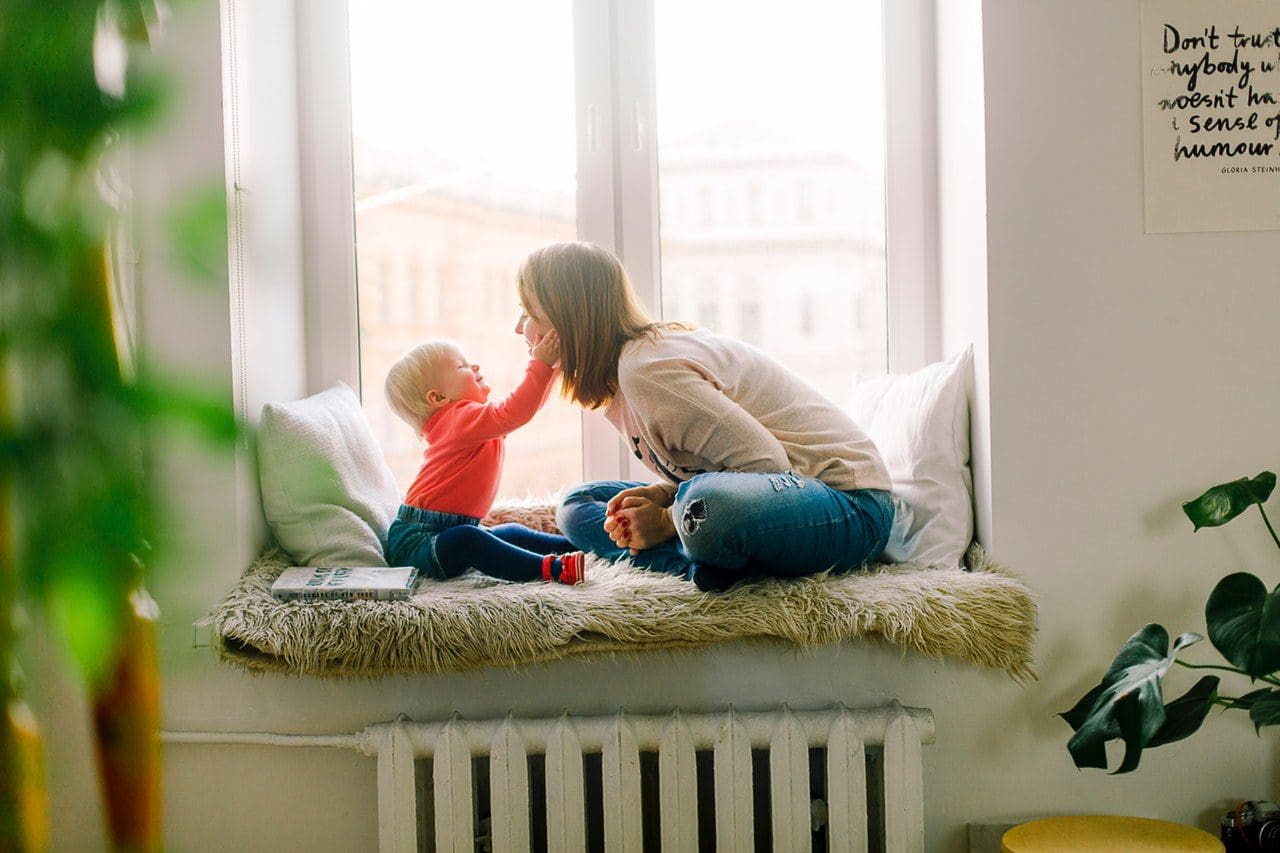The answer to the question in the title might seem like a no-brainer. We decorate our homes because we want them to look nice. Well, of course, but like most aspects of the human experience, it’s a bit more complicated than that. We want our homes to look nice, not just because we like looking at pretty things but also because, with the rise of the middle class and individualism, our homes have become a form of self-expression with interior design. One’s home has the unique quality of being both internal and external to the self. And that’s not the only thing that makes our relationship with our homes so special.
Much like with members of our household, we can influence our homes, in this case, through decorating. Our homes can influence us through the senses and the memories we form in them and their associated emotions. That’s what makes us buy a lamp when we’re shopping for something else because “it would look great in the living room” and why we take care of our lawns. You may have met people that develop a passion for home décor and who seem to have changed something here and there every time you visit them. This can also be a form of self-development reflected in something exterior that, as we said before, is experienced as something interior.
Decorating our homes is an act of creation. It’s also a way for us to bring a sense of order into our lives. Another important aspect is that our homes are something that we can share with others. We’re allowing them to another place we’ve created, a place where we have expressed ourselves, so it serves as a means to communicate who we are to them.
Interior Design and the Senses

As we’ve mentioned in the introduction, the most basic way we interact with our homes is through our senses. We want our home to appeal to the eyes. So we choose colors, patterns, and lighting that look good. We also want our homes to smell good, so we use scented candles or essential oils. We also prefer our homes to “sound” good, which is why we wouldn’t choose to live in a noisy area, and if we have to, we want our home to have good quality windows that can keep the noise out.
A home where we can feel “at home” has to engage and soothe our senses. Noisy homes or homes that feel crowded elevate our stress levels, which leads to physical problems. The outside world is stressful enough as it is. We need to come home to a place where we can decompress.
Lack of light doesn’t just make a room feel gloomy and small, but it also affects our circadian rhythms, making us feel tired and preventing us from getting restful sleep.
Similarly, some shapes will make us feel penned in and claustrophobic, increasing our stress levels.
And then there are colors. Some shades improve our mood while others are irritating.
Textures represent touch and the comfort that it brings. This is why you might find yourself feeling more “at home” after you’ve bought a few throw pillows that you can hug while watching a movie. Throw pillows are for adults what teddy bears are for children. Some people will buy discount ribbon in bulk and decorate their throw pillows to add their personal touch, much like kids make clothes for their toys.
Whenever we go to a store to buy furniture or decorative items, we first ask ourselves if it looks nice. Then we take a bit of time to figure out how it makes us feel. Afterward, we try to imagine it in our homes and make sure it fits the space and the style.
Interior Design and Memory

You’ve probably noticed that people can have completely different tastes in interior decorating and wondered why, even though genetically speaking, we are not that different, our senses respond so differently to the same styles. That’s because of our memories. The same way we like to look at old pictures and reminisce, we like to decorate our homes with items that bring back fond memories. Our homes are, in a sense, museums of comfort. Perhaps you insisted on placing that big chair next to the window, not just because it “looks better” but because when you were little, your grandfather used to sit on a big chair next to the window and read your stories full of adventures. Perhaps you chose some items in your kitchen because they were similar to what your grandmother had in her kitchen.
Simultaneously, certain pieces of furniture or decorations can evoke negative memories, so when your partner thinks that something looks nice, you’re both looking at the same item. Still, your immediate reaction is that “it’s ugly.” Let’s say you and your partner are both looking at a sofa for the living room. They like it, and you don’t, but you can’t explain why. Maybe you don’t realize it, but this sofa reminds you of a similar one in your grandmother’s home that was very itchy and that you hated as a child.
Similarly to this situation, one person can perceive a room decorated in a minimalist style as cold and unwelcoming while others prefer it. It can be because one person grew up in a home filled with DIY décor made with their parents and souvenir brought from family trips, while the other lived in a cramped and cluttered home. One wants to recreate happy memories while the other wants something in sharp contrast to an environment they dreaded.
Interior Design and Communication

We, humans, are a social species, so we like to invite people over from time to time. Of course, when this happens, we usually clean our homes and try to make them as presentable as possible. This isn’t just because we’re caring, and we want our friends to feel comfortable. Our homes are a way of communicating our personalities but also our social standing.
There’s no denying that your income has a significant impact on how your home looks. This is why, whenever someone makes substantial progress in their career, which is reflected in their paychecks, they will also express it in their homes. In part, it’s because they want to make their homes more comfortable, but it’s also because they want their visitors to see that their social standing has increased.
Changes in interior design are not due solely to changes in income. They also reflect different stages of development. You probably don’t have the same taste as you did when you were in high school or as a college student.
Psychoanalyst Erick Erickson described how we continue to go through stages of development throughout adulthood. If you go to someone’s home and see that they’re still holding one to the same couch they had in college, it feels discordant, like they want to hold on to a different time and they’re not ready to move into another stage in their lives.
Featured Photo by Daria Shevtsova from Pexels





